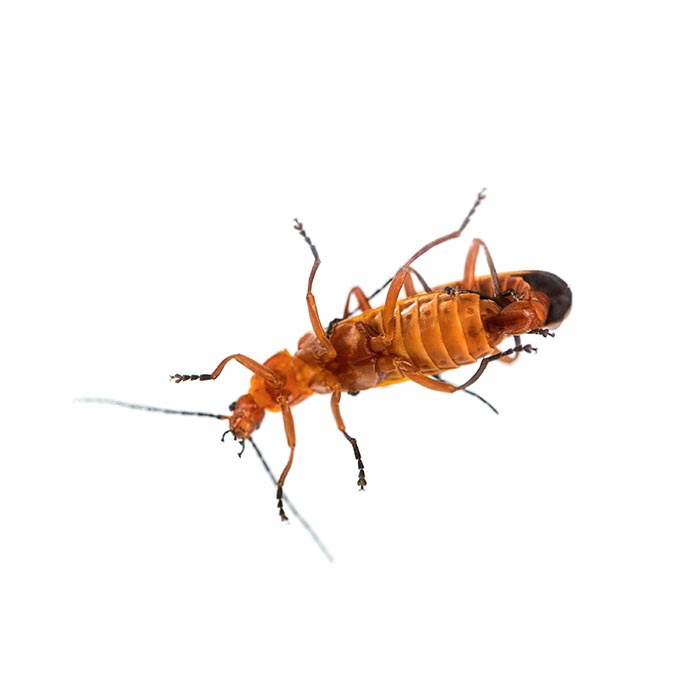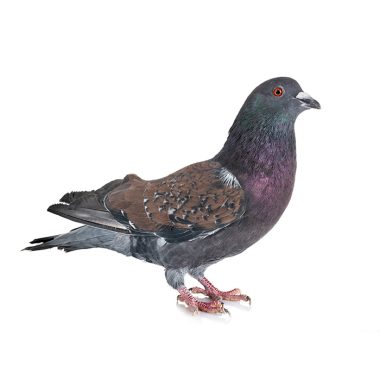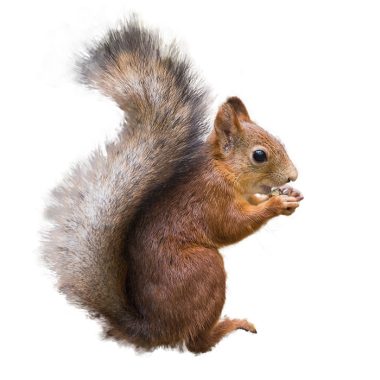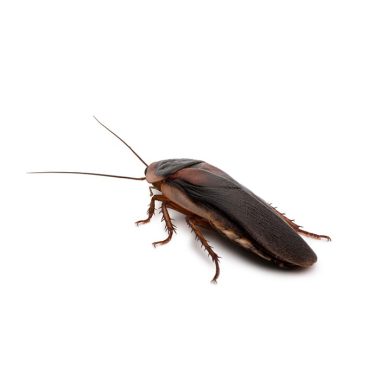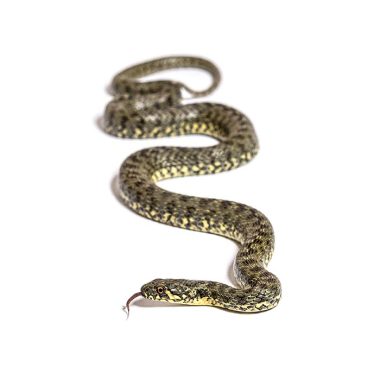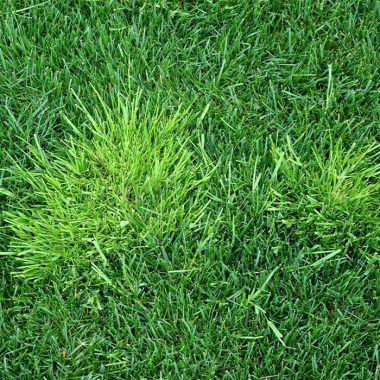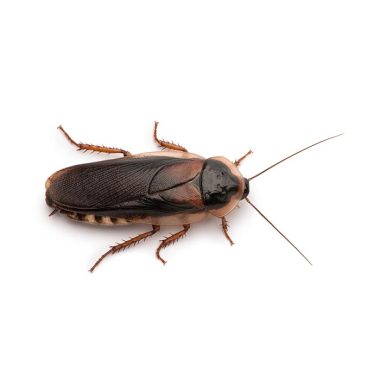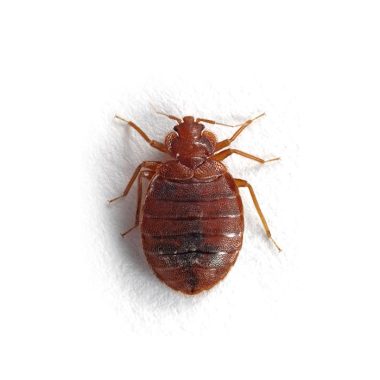Termites occur in every state of the United States and parts of Canada. To date, they have not been reported in Alaska. They cause varying degrees of trouble, depending upon the geographical
location. The presence and abundance of termites in an area is determined by several factors including temperature, humidity, soil moisture and soil type. Because subterranean termites rely on soil moisture, they’re affected by soil types. In clay soils, moisture is
not as readily available because it is tightly bound to the soil particles. Sandy soils have more available moisture. Consequently, subterranean termites are generally more prevalent and more able to survive in sandy soils. Fungi in wood are another source
of moisture.
There are two basic types of termites, those that live entirely in wood, and those that can tunnel into the ground.
The wood-inhabiting termites are the more primitive type. Their colonies consist of excavated galleries inside dead branches or logs. Once the dead wood is consumed the colony dies. Since single pieces of dead wood can not sustain a very large family, their colonies rarely ever number more than a few thousand termites. These wood inhabiting termites have a primitive type of caste system. Instead of having true workers they have false workers which are older nymphs who have undergone a regressive molt and that temporarily stay in the nest galleries and help their parents to raise more brothers and sisters. The soldiers have enlarged orange heads and long toothed jaws. The soldier’s main purpose is to defend the colony from termite’s mortal enemies, the ants. Most nymphs gradually grow wing pads and then transform into winged termites called alates. The alates fly from the colony at a certain time of the year to start new colonies.
Among the wood inhabiting termites, there are various specialists such as rotten wood termites, damp wood termites and dry wood termites. Dry wood termites can be very serious pests of houses and furniture. All wood inhabiting termites produced fecal pellets. If you have dry wood termites in your house you are likely to see the coarse sand-like pellets long before you discover the termites themselves.
Most termites are the subterranean type and are able to tunnel in the soil. The ability to tunnel allows them to find many separate pieces of wood, on which to feed. Since they are not limited to one piece of wood, their colonies can be much bigger than those of wood-inhabiting species. Usually their colonies number from hundreds of thousands to several million. The mother of the colony is usually quite grossly pregnant. These mothers are the mothers of all mothers, so to speak. Hence, they are called queens. The soil-tunnelling termites have a more advanced caste system with true workers. True workers are never able to become alates although they can become soldiers and sometimes they even transform into special reproductives called ergatoids. Soldiers of subterranean termites have a gland on the head that secretes defensive chemicals. The soldier jaws are modified in many weird and wonderful ways; they may be sword-like, serrated, toothed, hooked, rod-like, etc. Some soldiers have extraordinary snapping mandibles. In another group, the mandibles are regressed to tiny points while the defensive gland is produced forward as a nose; these are the nasute termites. Many subterranean termites have specialized diets and may eat plant litter, grass, dung or humus, instead of wood. In tropical areas many subterranean termites build nests or mounds which are among the most impressive examples of animal architecture.
Termites are social insects that eat wood. Subterranean termites can be very serious structural pests of houses. They do not produce fecal pellets like the drywood termites. Instead, the entry of subterranean termites into a house is usually revealed by the presence of mud shelter tubes on walls. Soil inhabiting termites can also be serious pests of rangelands, tropical forestry and tropical agriculture. However, termites are excellent recyclers.Very few animals are able to break down cellulose and lignin, the main components of wood. The most damaging insects that attack structural wood are termites. Their activity results in damage and control costs that exceed $1.5 billion per year nationally. Beetles are the next important group of insects that attack wood, while bees, wasps and ants are third in importance, depending on geographical location. Wood-inhabiting fungi are another group of organisms that occasionally cause problems in United States.

